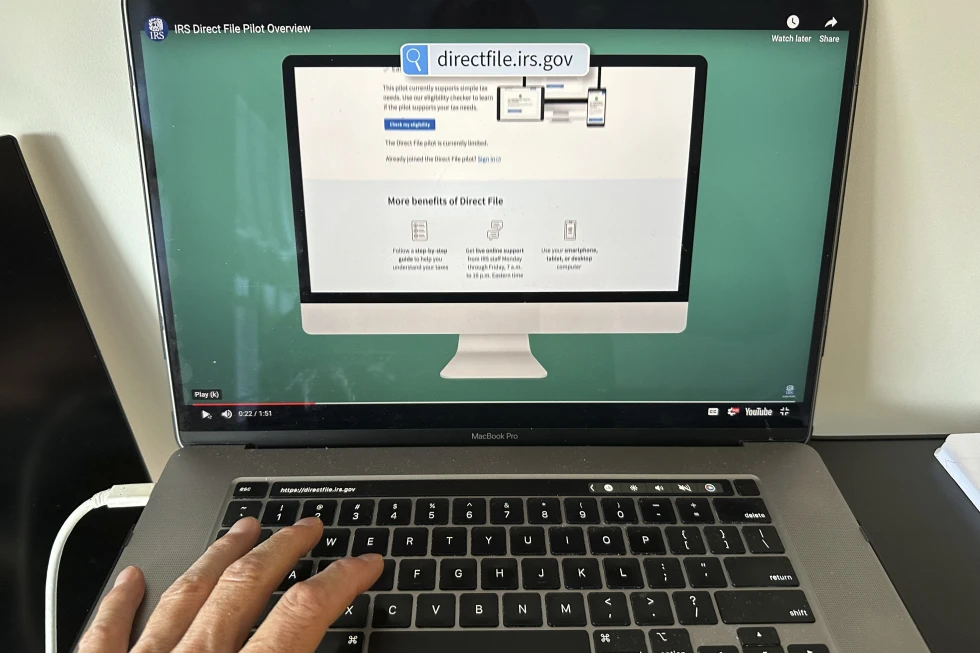When it comes to navigating the complexities of tax preparation, one of the key decisions taxpayers often face is whether to opt for the standard deduction or to itemize their deductions.
Understanding the implications of each choice is crucial in maximizing tax savings and ensuring compliance with tax laws.
In most cases, the standard deduction is the preferred option for the majority of taxpayers. The standard deduction amounts, which are $13,850 for single filers and $27,700 for married couples, serve as a baseline for determining whether itemizing deductions is beneficial.
Taxpayers whose total itemized deductions fall below these standard deduction thresholds typically find it more advantageous to take the standard deduction.
However, there are situations where itemizing deductions can prove to be more beneficial. For instance, individuals claimed as dependents on another taxpayer’s return may find that their standard deduction is limited, making itemizing a more favorable choice.
Itemized deductions can encompass various expenses such as state and local income taxes, property taxes, mortgage interest, charitable contributions, and certain medical expenses.
For self-employed individuals and business owners, maximizing deductions is essential for reducing taxable income.
Business-related expenses, such as car usage for business purposes, home office deductions, and retirement fund contributions, play a significant role in lowering tax liabilities.
Keeping meticulous records of business expenses and leveraging deductions like the simplified employee pension fund can lead to substantial tax savings for entrepreneurs.
Understanding the distinction between above-the-line and below-the-line deductions is also crucial in tax planning.
Above-the-line deductions can be claimed without the need to itemize deductions and are available even when opting for the standard deduction.
On the other hand, below-the-line deductions are only accessible to taxpayers who itemize their deductions, emphasizing the importance of strategic tax planning to optimize deductions.
In conclusion, the decision between taking the standard deduction and itemizing deductions requires careful consideration of individual circumstances and financial details.
By leveraging available deductions effectively, taxpayers can minimize their tax burden and maximize their tax savings. Seeking guidance from tax professionals and staying informed about tax laws and regulations can help individuals make informed decisions when preparing their taxes.
In the intricate realm of tax deductions and credits, navigating the labyrinthine landscape of the Internal Revenue Service (IRS) regulations can be a daunting task for many taxpayers.
However, with careful consideration and strategic planning, individuals can leverage various deductions and credits to optimize their tax liabilities.
This essay delves into the nuances of above-the-line and below-the-line deductions, shedding light on key strategies for maximizing tax benefits.
One of the most common above-the-line deductions available to taxpayers is the deduction for student loan interest paid. This deduction holds particular significance as it can be claimed even if one opts for the standard deduction instead of itemizing deductions.
Additionally, taxpayers should not overlook other above-the-line deductions, such as the $300 per tax filer (or $600 for married couples who are both teachers) for K-12 educators on non-reimbursed classroom expenses like disinfecting wipes and protective masks.
Similarly, members of the military who incur non-reimbursed expenses during travel are also eligible for deductions in this category.
Conversely, below-the-line deductions, such as the deduction for qualified mortgage interest paid by homeowners, are only accessible to those who choose to itemize deductions rather than opting for the standard deduction.
It is imperative for taxpayers to carefully assess their financial situation and evaluate whether itemizing deductions would yield a more favorable outcome.
Moreover, medical expenses, although subject to the condition that they exceed 7.5 percent of gross income to qualify, represent another vital below-the-line deduction.
Notably, certain expenses like health insurance premiums, over-the-counter supplements, and elective procedures such as plastic surgery are typically not eligible for deduction.
As tax expert O’Saben aptly emphasizes, the key determinant in maximizing tax benefits lies in the meticulous documentation of expenses incurred throughout the tax year.
With over three decades of experience in tax preparation, O’Saben underscores the importance of aligning deductions with actual expenditures to ensure compliance with IRS regulations and optimize tax savings.

Furthermore, taxpayers are advised to explore state-specific deductions, as certain states offer unique tax incentives tailored to their residents.
For instance, Illinois provides an instructional materials credit of up to $500 for K-12 teachers, thereby offering a substantial reduction in tax liabilities.
In addition to deductions, tax credits play a pivotal role in reducing one’s final tax bill. Unlike deductions that lower taxable income, tax credits directly offset the amount of tax owed, making them a valuable tool in tax planning.
By leveraging both deductions and credits effectively, taxpayers can minimize their tax burden and retain more of their hard-earned income.
In conclusion, understanding the intricacies of tax deductions and credits is essential for individuals seeking to optimize their tax situation.
By leveraging above-the-line and below-the-line deductions, exploring state-specific incentives, and maximizing tax credits, taxpayers can navigate the complex tax landscape with confidence and efficiency.
Through strategic planning and adherence to IRS guidelines, individuals can harness the full potential of available tax benefits, ultimately enhancing their financial well-being and achieving greater fiscal stability.
